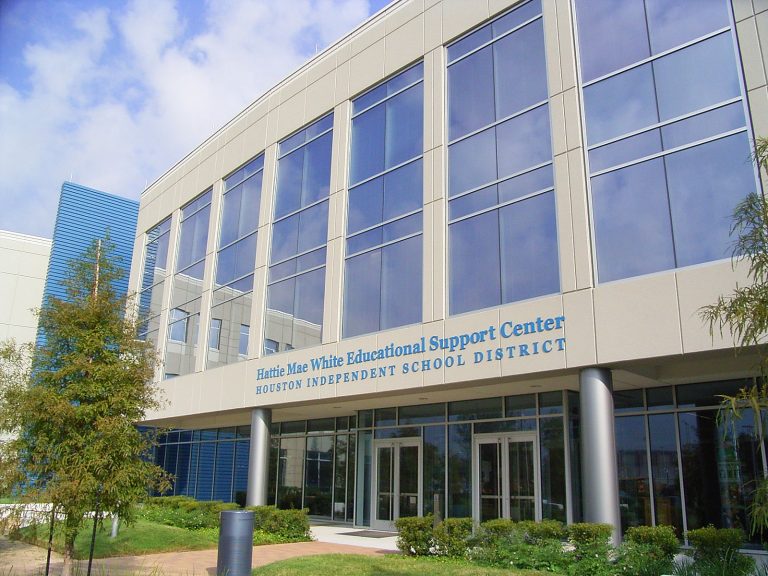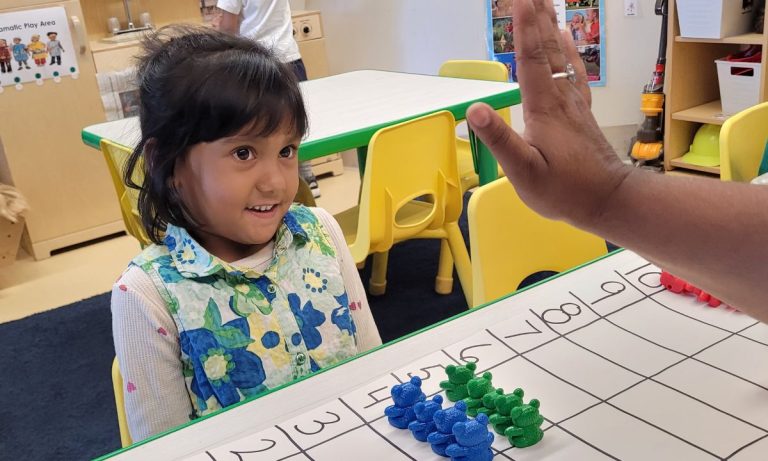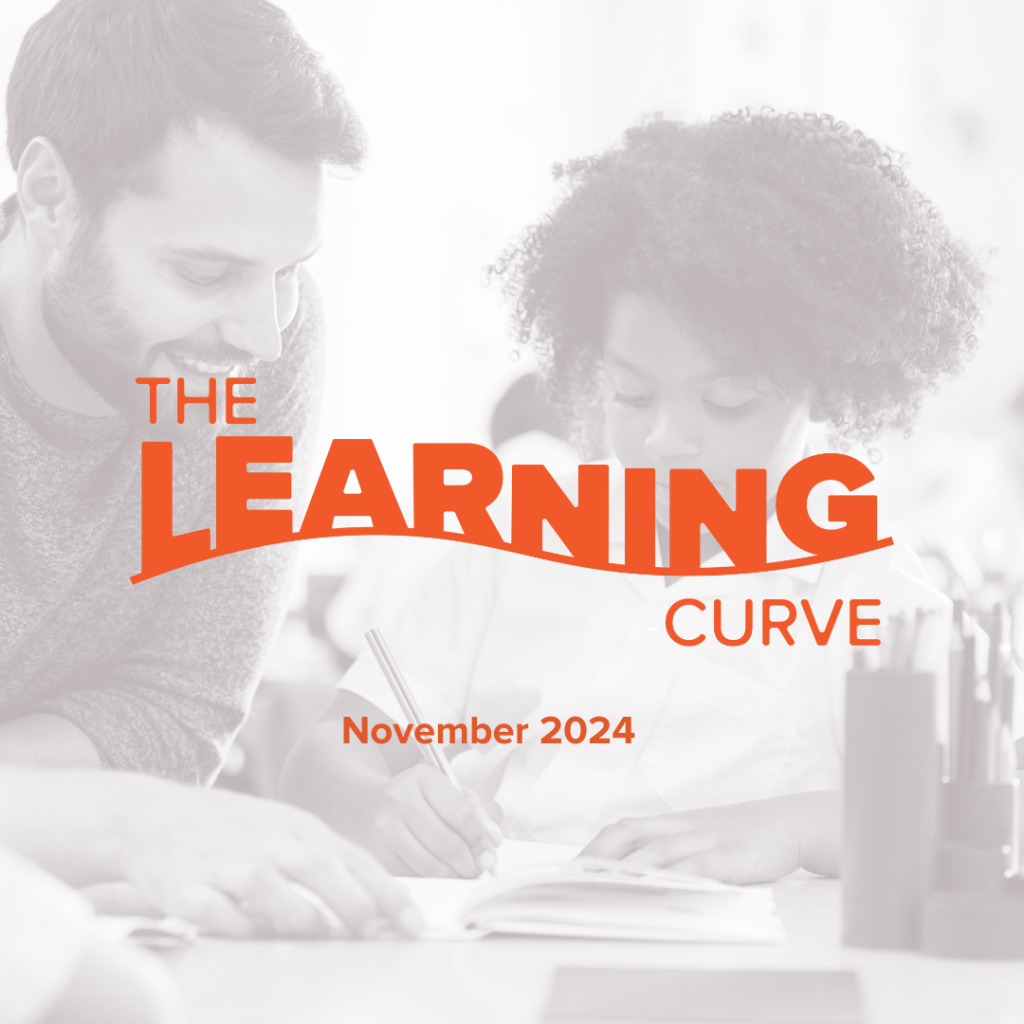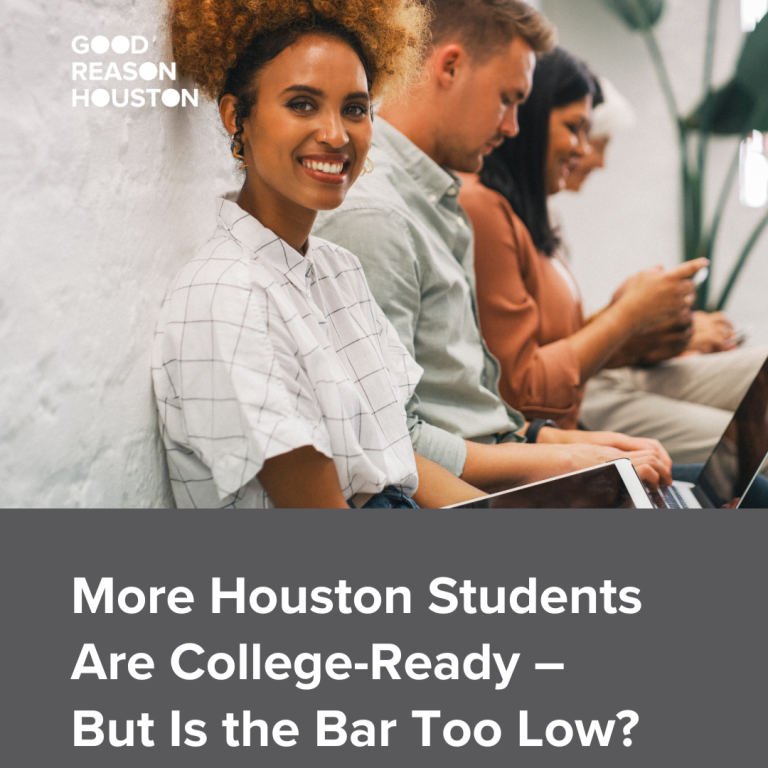Here’s a look at essential topics shaping education today:
- Houston ISD bond outcome: With voters rejecting the $4.4 billion HISD bond, the district now faces urgent questions about securing funding for essential facility upgrades without new resources.
- Complete texts in classrooms: Full texts build more than reading skills—they develop life-long cognitive abilities.
- Early math matters: Missed math opportunities in preschool contribute to achievement gaps that persist throughout education.
- Enrollment decline: Empty classrooms drain resources, posing a challenge to educational quality.
- Staffing impact: More staff doesn’t always mean better schools—exploring how personnel decisions affect teacher compensation.
Voters reject Houston ISD Bond

Photo by Shutterstock, Inc.
Houston voters rejected the $4.4 billion HISD bond, marking a pivotal moment for the district’s infrastructure plans. The bond, which aimed to modernize aging school buildings and enhance district facilities, faced voter concerns over fiscal management and broader dissatisfaction with district leadership. With these dynamics at play, HISD now faces pressing questions about addressing facility needs without new funding, while the broader Houston community considers how to best support solutions for its students.
What it means for the city and students of Houston
For students, this decision could delay or limit improvements to aging infrastructure, impacting access to safe, high-quality learning environments. As district leaders explore alternative strategies to address facility needs, the broader Houston community has a stake in supporting efforts that ensure students receive the resources they need to thrive.
Questions to consider:
- How can the community play a role in ensuring students have access to quality facilities?
- What steps can both district leaders and the public take to prioritize student safety and equity in the absence of bond funding?
- What alternative resources can be explored to address critical infrastructure needs across the district?
The Elite College Students Who Can’t Read Books

Photo by Shutterstock, Inc.
In The Atlantic, Rose Horowitz highlights a concerning trend: many college students lack the habit of reading whole books, a shift potentially tied to K-12 focus on excerpts and digital content. Cell phone usage has also impacted reading for pleasure among teens; currently, 31% of 13-year-olds rarely or never read, a significant increase since 1984. As highschools balance excerpts with instructional time, the question remains: how can educators ensure students develop the skills to read complete books?
What it means for the city and students of Houston
As Houston-area education leaders implement Science of Reading curricula, such as Amplify, the aim is to equip students with decoding skills and background knowledge for comprehending full texts. However, reading stamina—and the deeper comprehension—requires consistent engagement with full texts. To cultivate a culture of whole-book reading, educators and families should encourage time dedicated to immersive reading.
Questions to consider:
- What books are students excited to read, both in and out of school?
- How can we foster the focus and persistence needed for students to read whole books?
Further Reading: Doug Lemov discusses the benefits of reading full text together in classrooms, emphasizing memory, empathy, and critical cognitive skills.
Preschools Teach ‘Hardly Any Math’, Even as Students Struggle in Later Grades

Photo by Patrick O’Donnell
Despite evidence supporting early math education, a study shows that only 5% of preschool time focuses on math, missing opportunities to develop number sense, spatial awareness, and problem-solving. Simple counting exercises aren’t enough, especially as pandemic learning loss in math widens.
What it means for the city and students of Houston
Though Texas Prekindergarten Guidelines include math, most of the focus remains on literacy. Educators in Houston can address this imbalance by incorporating math concepts into everyday activities. Small interactions—such as playing with blocks and puzzles, discussing patterns in clothing or food, or using board games that involve counting—can help young children develop foundational math skills.
Researcher Erica Zippert at Vanderbilt University notes that many parents (and educators) focus only on basic math concepts, like counting. Expanding beyond these basics is easy and impactful:
- Ask children to identify shapes in their surroundings.
- Describe patterns.
- Solve simple measurement problems as part of daily routines.
Further Reading: Explore why early math needs more rigor and how parents and educators can go beyond basic counting.
Report: Nearly 500 Schools Under Enrolled and Chronically Underperforming

Photo from Getty Images/monkeybusinessimages
A report by the Brookings Institution and Fordham Institute highlights a pressing issue for students: under-enrolled schools stretch district resources thin, diverting funds from classrooms with higher needs. Keeping these low-capacity schools open drains financial and educational resources, limiting academic support, technology access, and staff—ultimately impacting education quality across the district.
What it means for the city and students of Houston
Houston stands at a crossroads, with an opportunity to approach enrollment challenges differently. Instead of waiting for crisis points, we can proactively develop transparent, community-centered solutions that prioritize student outcomes and neighborhood stability. By engaging teachers and families in early decision-making, planning resource allocation, and building robust support systems, Houston can set a new standard, showing other districts how to address enrollment shifts wisely and compassionately.
Further Reading: Explore these pieces for insights into school closures and their broad impacts—from immediate effects on social fabric and student well-being to the long-lasting effects that follow students beyond graduation. This research highlights the importance of meaningful community engagement in closure decisions, recognizes historical inequities that often drive closure patterns, and centers the experiences of displaced students who face these changes firsthand.
Why Aren’t Teacher Salaries Rising?

Source: NCES Digest ofEducation Statistics, Table 211.20
According to an analysis by Chad Aldeman, overall education spending, especially per-student, has increased in inflation-adjusted terms. Teacher benefit costs, particularly unfunded pension liabilities, are rising, and spending on teacher salaries has also outpaced inflation. Yet, higher spending hasn’t translated to higher salaries, mainly due to increased staffing levels. State and district decisions to boost staffing have left more workers sharing available resources.
What it means for the city and students of Houston
As staffing levels rise in Houston schools, funds intended for teacher pay are spread thinner, impacting financial stability, retention, and morale. With more resources diverted to HR-related costs, salary growth lags, despite overall spending increases. This financial strain could indirectly affect students as schools struggle to attract and retain experienced teachers. Addressing this funding imbalance is key to maintaining a strong teaching force that directly benefits student success across the district.
Worth a Read:
- Why an end-of-the alphabet last name could skew your grades
- For Houston superintendent, there’s nothing piecemeal about school turnarounds | K-12 Dive
- Answer Key: Many Houston-area students aren’t offered the chance to ride the bus. Why not?
- A battered child care industry’s latest challenge? Competing for 4-year-olds.




